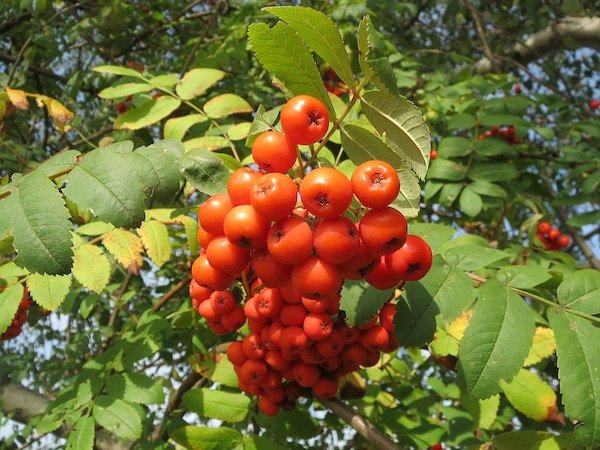10 Years of Brier Wildlife Habitat Project
A letter from Julie
Hello all!
I hope you enjoy this summary of the work done by the Brier Wildlife Habitat Project over the last ten years. We started as a small group of residents with certified wildlife habitat gardens. Our first meetings were held in the winter of 2011. We began with ten certified properties and a team of 5 or 6 individuals. Today Brier has 142 certified properties including parks and schools. You may ask, "What does the BWHP do?"
Our mission is to offset habitat loss by using wildlife friendly practices that include:
- Growing native plants that feed birds, pollinators and beneficial insects.
- Providing water when it's not available on our property.
- Providing nest sites with snags, brush piles, dense shrubs and/or nest boxes.
- Allowing leaves to remain on the ground. Rake leaves under trees and shrubs to create a natural mulch where birds can forage. Amphibians and beneficial insects benefit from leaf mulch.
- Adding logs on the ground gives salamanders a place to live and birds a place to find food naturally.
- Providing educational materials at public events, Brier Elementary, and Brier Library.
The Brier Wildlife Habitat Project has held 20 programs at Brier Library in the last ten years. Programs have been about: birds, bats, owls, frogs, pollinators, native plants and more. We've had 12 educational library entrance displays over this time.
Perhaps our most notable accomplishment has been the placement of over 700 "Drains to Stream" medallions on Brier's storm drains. Please remember that water seeps away from chemically treated lawns and from car washing. It eventually ends up in waterways that flow into Lake Washington and Puget Sound. Installing rain gardens aims to reduce run-off, a number of residents have created rain gardens to retain and filter water at home.
How does certifying a garden help? Certifying is like casting a vote that shows we care about local wildlife. When enough certifications are represented together, they can help attain grants that further this work. To learn more, visit https://www.nwf.org/Garden-for-Wildlife/Certify
By supporting the Brier Wildlife Habitat Project you also show our city government that you care about trees, parks, wildlife and keeping Brier green.
European Mountain Ash

Do you recognize this small tree? https://kingcounty.gov/services/environment/animals-and-plants/noxious-weeds/weed-identification/european-mountain-ash.aspx
It invades our forests where it competes with natural habitat. The berries are spread by birds. Read the above link to find out why it's detrimental. It's best to remove invasive European mountain ash, Sorbus scoparia before it spreads. Native mountain ash grows in the mountains and eastern slopes of the Cascades. The mountain ash found here in the Puget Lowlands is the weedy European species. Instead plant our native Black hawthorn Crataegus douglasii (in sun) or Cascara which tolerates sun or shade, Frangula purshiana to benefit birds and wildlife.
Thank you for your interest in caring for nature in Brier!
Until next time,
Julie